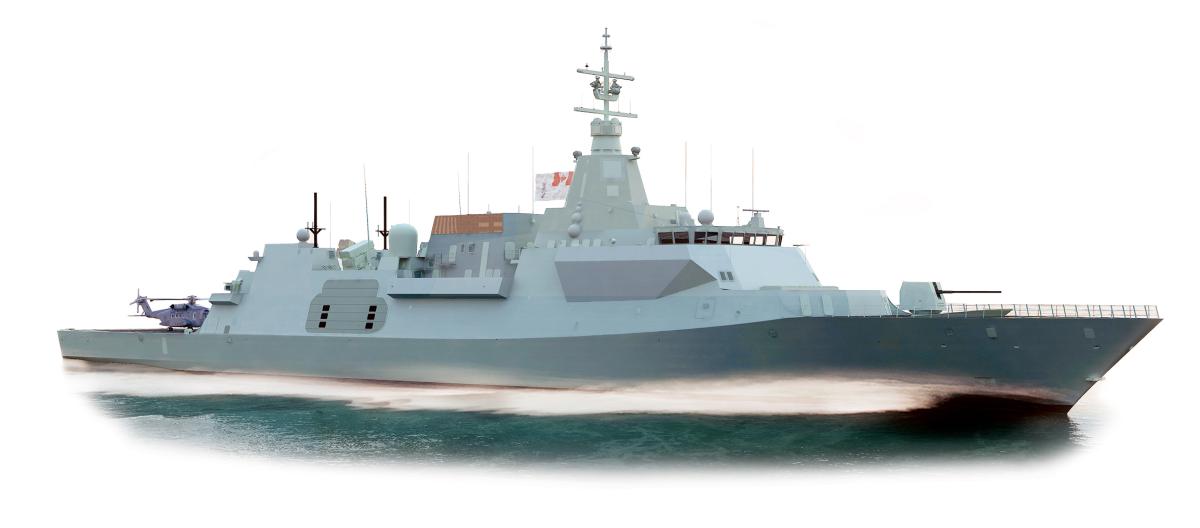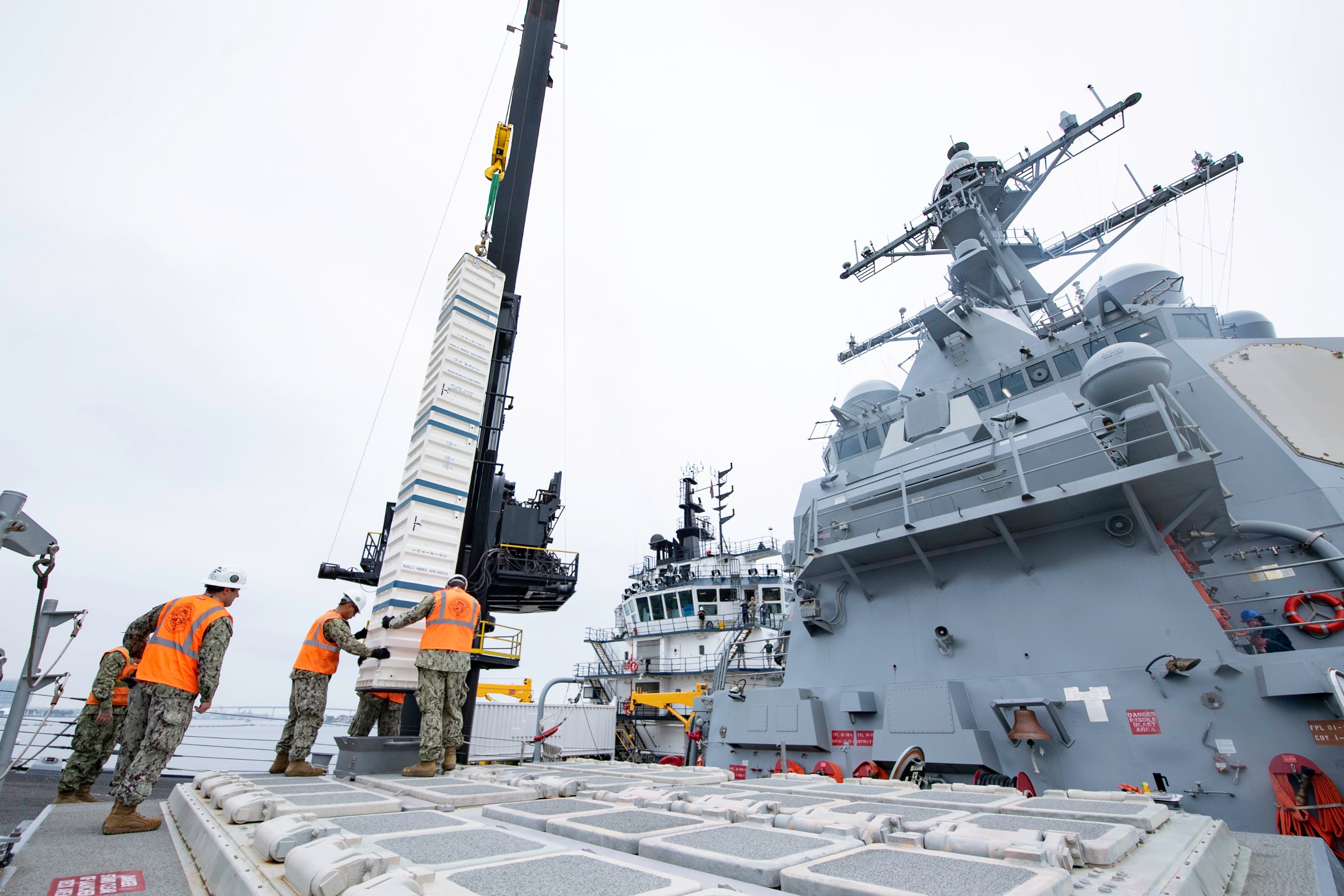Spencer100
Army.ca Veteran
- Reaction score
- 2,191
- Points
- 1,040
I think if they come in as advertised. They will be some of the best in the world. (24 VLS maybe a little light LOL)We aren't really seeing capabilities dropped; what we're seeing is the 'operator wish list' being pared down to what is realistic and affordable. Some of the things they wanted to do are competing priorities, so you need to figure out a balance, and others were just rectal plucks that don't actually fit into the ship.
If you think of the operators as a spoiled, whiny pre-teen with an insane Xmas list, this is just the adults putting their big person pants on and vetting what Santa is going to deliver.
I think the institutional memory is playing apart too. The Patrol Frigate program was to be 18 ships. Cut to 12 but the last batch was to be the AAW units to replace the Tribals. The navy did not get them which has hamstrung them to this day. The navy only gets to do this exercise once every two generations so you better get everything you want as you will only have one shot at it.
To that end I have read that studies shown that the one class of do everything ship is unique Canadian requirement that makes the most sense for the RCN. The RCN is unique in that it is a really two navies. The thinking is having 4 to 5 GP ships and a couple of AAW C&C ships on each coast was not the right mix. Having 6-7 GP with AAW is a better plan. If one ship is down send the next they are the same.





